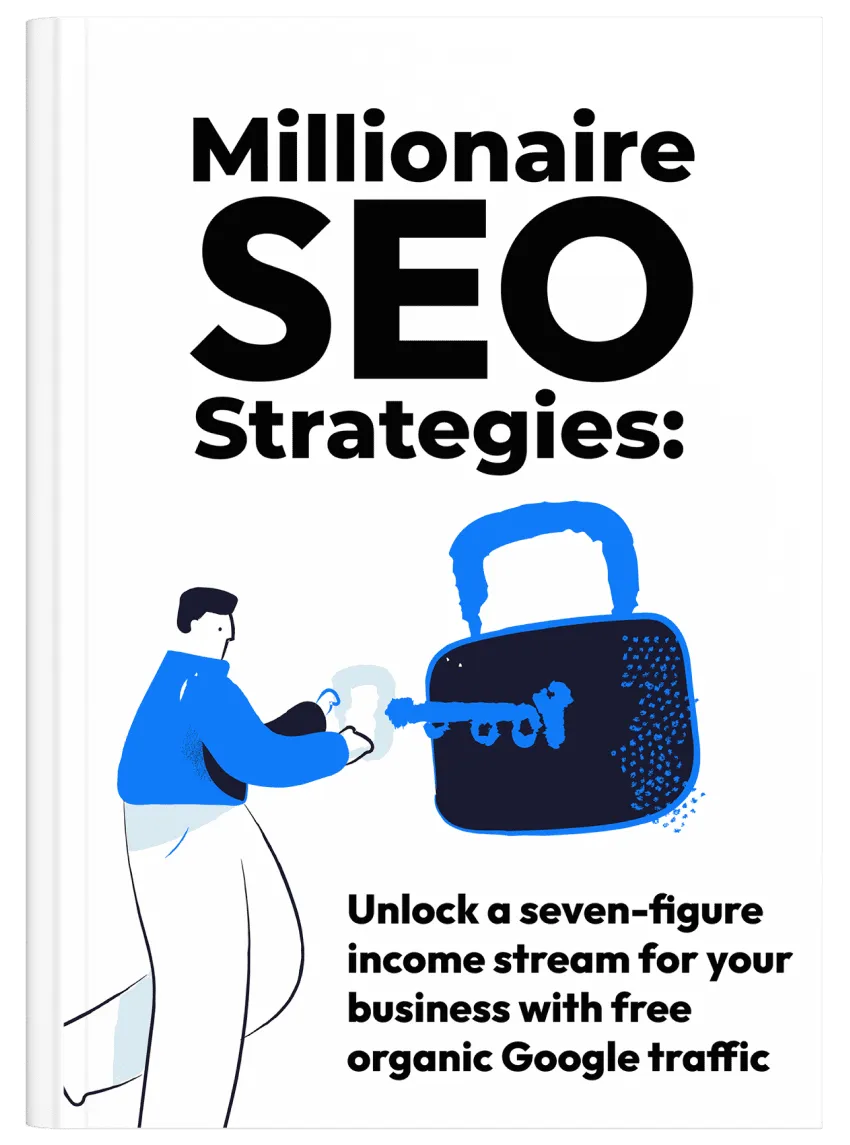
6 poor on-page SEO practices that you should avoid
SEO has been around for years. However, many of the SEO practices are now old and outdated and, therefore, should be avoided.
Here is a list of 6 poor on-page SEO practices, which no longer work as they used to, that you should avoid.
1. Keyword stuffing
Keyword stuffing is a very old and outdated search engine optimisation technique that has no place in modern-day SEO.
There was a time when just stuffing keywords on a page would get you pretty far up in the search engine results pages (SERPs). However, that is not the case anymore.
Search engines like Google have evolved significantly over the last few years. They are now smarter than ever before and can easily detect if you are trying to manipulate search engines by stuffing keywords on a page.
This outdated, on-page SEO technique won’t help. In fact, it is more likely to get your website penalised.
2. Keyword cannibalisation
In an attempt to rank for certain keywords and keyword phrases, some website owners and SEO professionals would create lots of different web pages — each page targeting the same keywords or very similar keyword variations.
As a result, they run into the problem of keyword cannibalisation.
Generally speaking, keyword cannibalisation refers to when you have multiple pages on your site targeting the same keywords.
Keyword cannibalisation does not help you in the long run. It is a waste of time, efforts, and resources.
Instead of targeting a keyword with several different pages, do it with one high-quality, useful, and a comprehensive web page that has a higher chance of ranking higher in the SERPs.
3. Ignoring basic on-page practices
There is a misconception that many of the old on-page SEO practices no longer help. For example, creating unique and keyword-rich meta titles and meta descriptions, keyword inclusion in the body text, heading and subheadings, URL structure, etc.
While they may not be big ranking factors anymore, they still matter. These keywords not only help search engine crawlers identify the topics of the page more easily, but they may also help search engine users to find the right content.
Implementing basic on-page SEO practices does not take a lot of time or efforts. You should not ignore them.
4. Spamming internal links
Links are important for search engine optimisation. There are two types of links: backlinks and internal links.
Backlinks come from other websites on the internet. Internal links, on the other hand, come from different web pages on your own site.
It is a common (although spammy) practice to create lots of internal links to a certain page on the site that an SEO wants to rank higher. The worst part is that SEOs often abuse the anchor text.
Here is an example.

In this example, the content writer wants to optimise the hyperlinked web page for the keyword ‘awesome blog’. It is a bad SEO practice that you should avoid as much as possible.
Ideally, a page should not be linked twice in an article. Second, the anchor text should be a descriptive one that provides ample context to the reader.
5. Abusing footers
The footer of a website is often seen as a place to stuff keywords and links to other high-profile pages. Consequently, some SEOs and website owners create ridiculously large footers that may look something like this:

As you can guess, that is not user friendly at all. It does not help search engines either.
In fact, the purpose of such a spammy footer is so obvious that it will likely lead to a search engine penalty or demotion in the rankings.
Your number one goal should be to provide the best user experience to your website readers and give them relevant information as soon as possible. A footer like this does not serve that purpose.
6. Not optimising web pages for loading speed
When it comes to a great user experience, the loading speed of pages is a crucial factor.
A few years ago, website speed wasn’t an important factor to consider, but you can’t continue that practice. Now, your on-page SEO practices must consider any potential impact on the loading speed of a web page.
This includes not going overboard with videos and images, using only web-friendly versions of the images, cleaning additional HTML code, and keeping the website as light as possible.
For more information on optimising the loading speed of your website, read this free guide: Usain Bolt’s Guide to Website Speed Optimisation.








